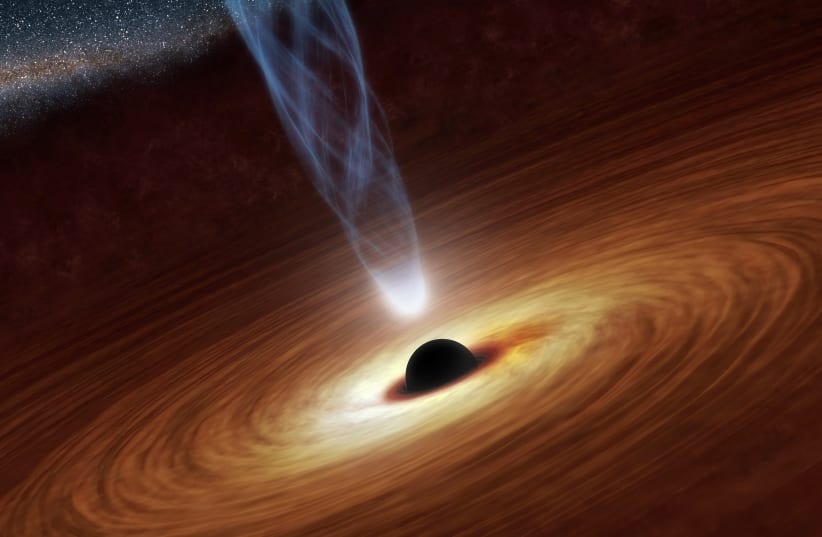Scientists find a black hole moving at 110,000 mph throughout its galaxy
One possibility is that it is interacting with another black hole that seems hidden in the galaxy 230 million light-years away, as it lacks certain properties to become visible.
